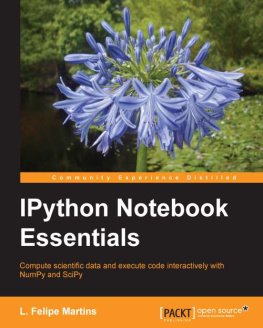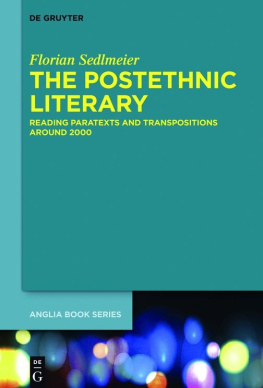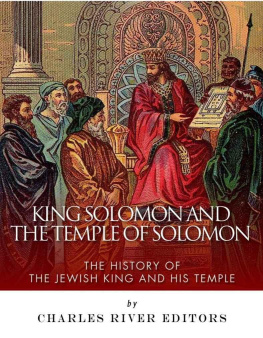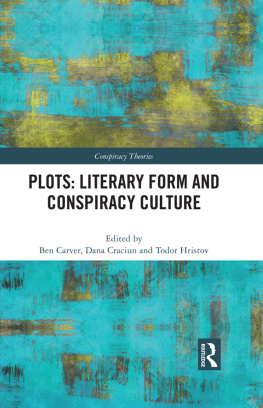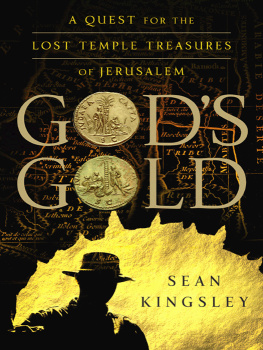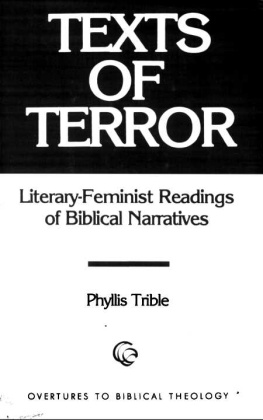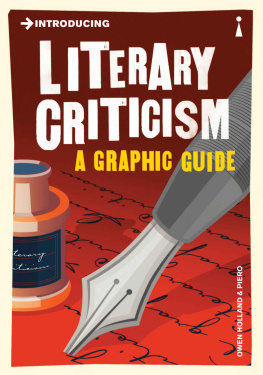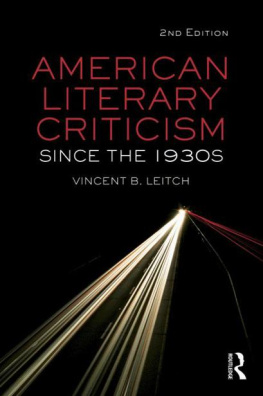Reinhard G. Kratz
The Deutsche Nationalbibliothek lists this publication in the Deutsche Nationalbibliografie; detailed bibliographic data are available on the Internet at http://dnb.dnb.de.
1.1 The Object of This Study
The introduction to a monograph about the treasures of the Jerusalem temple and royal palace cannot avoid starting with a negative statement: I have not found the treasures. Moreover, I did not even go looking for them, though this quest remains, to this day, the source of some of the wildest and most fascinating rumors and conspiracy theories. The treasures lost will remain lost, at least for the foreseeable future, and this monograph will be of no help to those who hope to shed light on the disappearance of the temple paraphernalia. My interest is exclusively literary, and the focus is on the motif of the loss of the national wealth in the book of Kings.
The Hebrew Bible (HB) describes in great detail the building of the royal palace and the temple of Yahweh in Jerusalem in the time of king Solomon (1 Kings 67). The hallmark of the golden age of the Levantine kingdom, these structures are also its economic core, and, presumably, the place in which its accumulated riches are hoarded. This latter aspect receives, at first, only a brief mention. According to 1 Kings 7:51b, it is in the treasuries of the house of Yahweh ( ) that the silver, gold, and vessels that David had consecrated to Yahweh come to be deposited. In the ensuing history, in contrast, the of the temple and palace appear more frequently, becoming a somewhat ominous theme. With the first king of the newly emerged kingdom of Judah, Rehoboam, starts a pattern that repeats itself cyclically until the very end of the book: in the course of a foreign invasion, the national treasures end up, willingly or not, in the hands of a foreign power, either the attacker or a third party. The first of the despoliation notices is 1 Kings 14:2528 (Rehoboam), and there follow similar accounts in the time of kings Asa (1 Kings 15:1722), Jehoash (2 Kings 12:1819), Amaziah (2 Kings 14:814), Ahaz (2 Kings 16:59), and Hezekiah (2 Kings 18:1316). In the final days, the Babylonians pillage the temple and palace following the defeat or surrender of king Jehoiachin (2 Kings 24:1314) and during the final conquest and destruction of Jerusalem (2 Kings 25:1317).
This group of biblical texts is at the core of the study. These short narratives, with their matter-of-fact style, did not stir particular interest among scholars. An in-depth holistic study is still lacking, and I aim to fill this lacuna. Avoiding treating the texts in isolation and as simple stepping-stones in historical reconstructions, I consider their literary profile in full detail and examine their narrative role and the textual interconnections (Sitz in der Literatur) in order to answer questions regarding their composition and putative historical horizon, and to identify the underlying ideology. Complementarily, I analyze the motif of the despoliation across these texts, in an effort to recognize patterns, discern variations and developments, and highlight the elastic nature of these tools of meaning by which authors and redactors express their views and guide their intended readers/audience.
1.2 Previous Studies on the Despoliation Notices in Kings
The short notices recounting a foreign invasion and the loss of the treasures of the temple and royal palace have been largely ignored or explored only briefly among scholars applying their expertise to the analysis of the book of Kings or the study of the Jerusalem temple and royal palace, from both literary and historical perspectives. In the commentaries on Kings and the monographs on specific chapters and/or the underlying historical events (such as Shushaqs campaign in the Levant or Sennacheribs invasion of Judah), these passages tend to be studied individually. There is a limited number of largely short contributions (articles) dealing with the textual evidence and the matter in a more systematic manner. For the purposes of this summary, I divide the scholarly literature into three categories.
The first group of studies discusses the despoliation notices almost exclusively for the purposes of historical reconstruction. Scholars interested in the economic and administrative structures attached to the Jerusalem cultic and royal complex look for clues in these texts. Delcors article on the treasury of the house of Yahweh from its origins until the exile is a revealing example.
The studies placed in the second category privilege a literary or an ideo-/theological approach. The guiding question is: why were these short notices included in Kings, and to what purpose? Noth broached the issue in his classical work on the Deuteronomistic History.
In a third category, I include that which is, to the best of my knowledge, the unique monograph-long study consecrated specifically to the invasion/despoliation accounts in the book of Kings: Vuks unpublished Ph.D. dissertation. Vuk discerns a pattern (an Invasionsschema), and concludes that these narratives fit the same genre category, some as verbatim reproductions of more basic pre-DtrH Invasionsnotizen, and others, such as 2 Kgs 18:1316, showing signs of further elaboration (at the hands of the Deuteronomist), which should be classified as Invasionsberichte. As suggested by this summary, Vuks study adopts a form-critical approach and the results follow from this narrow, though valuable, focus.
1.3 The Angle Adopted in This Monograph
1.3.1 Studying a Literary Motif
Like Vuk, I am interested in the patterns across this group of texts. But this study is not guided by genre-critical questions, nor by aims to reduce diversity to a common denominator. In scrutinizing these despoliation notices the study strives to identify both convergences and divergences, shared features but also variations and developments, processes of assimilation as well as cases of contrasting use. Its object is the motif of the despoliation of the treasur(i)es in the book of Kings, which I analyze from a synchronic and a diachronic perspective.
In the field of biblical literature, the seminal work of S.Talmon on the notion of literary motif remains a key reference. His definition of the term was used by Fishbane, Fields, Gilmour, among others, and has kept its adequacy and acuteness:
A literary motif is a representative complex theme that recurs within the framework of the Hebrew Bible in variable forms and connections. It is rooted in an actual situation of an anthropological or historical nature. In its secondary literary setting, a motif gives expression to ideas and experiences inherent in the original situation and is employed by the author to re-actualize in the audience the reactions of the participants in that original situation. The motif represents the essential meaning of the situation, not the situation itself. It is not a mere reiteration of the sensations involved, but rather a heightened and intensified representation of them.
Three aspects deserve to be highlighted here. The first is the idea of representativeness


